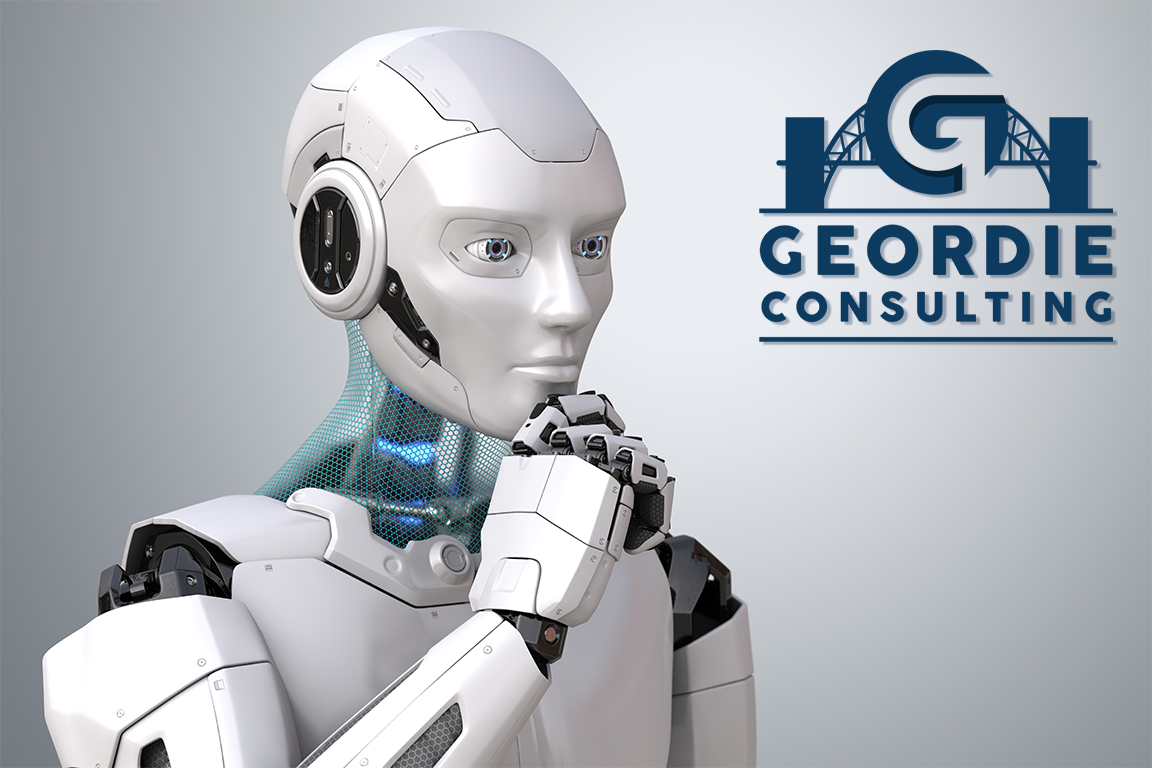
Last week, we looked at the power partnership that makes all businesses successful: People, Process and Technology. When the three work together, your business has the best chance of success. When they are pulling against each other, failure is almost guaranteed. In so many ways, they are a Throuple indeed that can best sum up their relationship; like any marriage, the parties are stronger together, and the family (or organisation) is best protected when they are working together.
In our Christmas Carol story, we gave examples of businesses where People, Technology and Processes were not aligned. Even the Original Christmas Carol can be seen as a tale of woe from the misalignment of People, Processes and Technology, so this is nothing new.
This week, we will look at the third party in this relationship – process. Remembering that Process is the glue that joins the logical Technology to the emotional People. How many of you were triggered by that sentence? Our writing process is designed to bring out emotional responses to make sure that the Technology we develop and work with is centred around supporting the People who need to use it.

The technological change of AI is reshaping the technology space. As a result, an imbalance is emerging as People are unable to make sense of what “AI” actually means in their area. As People, we inherently see the idea of a machine that can think like People as distasteful. When IBM’s Deep Blue beat Kasparov in 1997, the world was shocked, yet Chess is a logical game built on probabilities. Game Theory is, after all, an advanced branch of Mathematics. Deep Blue was not what would be considered AI. AlphaGo is closer to what we consider AI; it uses deep learning algorithms to “learn” the strategies needed to win; this is opposed to the brute force of Deep Blue, where historical games are uploaded, and the computer selects from the “best” next move. AlphaGo plays millions of games against itself and sees what provides better results vs worse results. This deep learning strategy gives the impression of thought as it can predict optimal next steps. We see that in ChatGPT, Bard, DALL-E-2 or even CoPilot. Fundamentally, all that is happening is that the algorithm has studied millions of examples of an area to suggest then the optimal next word, pixel or colour based on a probability matrix. We hope you can see that the reality of what AI is today means it is not taking the role of People, only that it can help shape the next generation Processes to enable a better relationship between People and Technology, thus making the three better off.

People, process and technology
Remember: The Throuple works best when each element is in balance.
It is natural for companies to see AI as a benefit while their staff see it as a threat, however “AI” alone is not the answer. It is ultimately a very focused probability engine, capable of far more than a human on one hand but at the same time limited by the scope of training it has had. Take Carole’s Cabs; their AI engine could be amazing at predicting where cabs needed to be and sending them there to arrive just as demand picked up, but a sudden subway strike would result in chaos. People can adapt; a technology-only solution will be constrained by its logic. That said, when AI assists people in filling out forms by capturing responses through a more “human-centric” chat interface, it can make the value of the data in the technology exponentially more valuable. So do not be afraid of AI overall; we have no doubt there will be a re-balance that will take place over the years as businesses discover successful ways to implement and embed AI within their Processes by helping their People embrace the Technological change.
In summary, we must always remember that we have to ensure a balance between People, Processes and Technology, or we risk our entire organisation.

